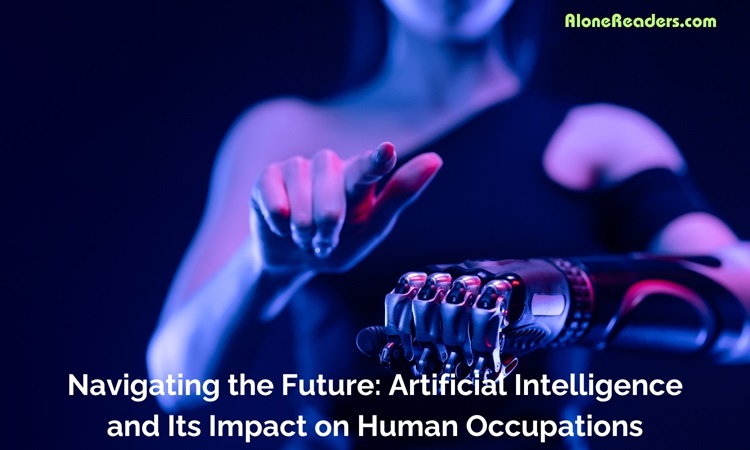
The rapid advancement of artificial intelligence (AI) has sparked a global conversation about the future of work and the potential impact of these technologies on human occupations. This discussion is rooted in the dual nature of AI as both a tool for innovation and a source of disruption. As AI systems become more sophisticated, they are increasingly capable of performing tasks that were once the exclusive domain of humans. This shift has led to concerns about the potential displacement of workers and the broader implications for the job market.
The concept of machines replacing human labor is not new. History is replete with examples of technological advancements, from the Industrial Revolution to the digital age, reshaping the workforce. Each wave of innovation has eliminated certain jobs while creating new ones, often requiring different skills. The rise of AI, however, presents a unique challenge due to its unprecedented speed and the breadth of its potential applications. AI systems can process vast amounts of data, learn from experience, and perform complex tasks with increasing autonomy, which poses a significant challenge to traditional employment structures.
One of the primary concerns is the automation of routine, repetitive tasks. Jobs that involve predictable, structured activities in environments like manufacturing, data entry, and basic customer service are particularly susceptible to automation. AI-driven robots and software can perform these tasks more efficiently and without the physical and cognitive limitations of humans. This shift has the potential to significantly reduce the demand for human labor in these sectors, leading to job losses and requiring workers to adapt to new roles.
However, it's important to recognize that AI can also create new job opportunities and enhance human productivity. In many industries, AI is being used to augment human capabilities rather than replace them outright. For example, in healthcare, AI-driven diagnostic tools assist doctors in identifying diseases more accurately and quickly, but they do not replace the need for medical professionals. Similarly, in the creative industries, AI can handle routine aspects of production, allowing human artists and designers to focus on more creative and complex tasks.
The impact of AI on employment is also uneven across different sectors and geographies. Jobs that require a high degree of creativity, emotional intelligence, and complex problem-solving are less likely to be automated. These roles often benefit from the analytical and data-processing capabilities of AI, leading to new forms of collaboration between humans and machines. Conversely, regions and industries with a higher concentration of routine jobs may face more significant challenges, necessitating targeted policies and training programs to support workforce transitions.
The debate over AI and human occupations also extends to broader economic and social implications. While AI has the potential to increase productivity and generate economic growth, these benefits may not be evenly distributed. There is a risk that AI could exacerbate existing inequalities, as those with the skills to work alongside AI benefit disproportionately compared to those whose jobs are automated. This scenario underscores the importance of education and training programs that can equip workers with the skills needed in an AI-driven economy.
Policymakers, educators, and industry leaders play a crucial role in shaping the impact of AI on the workforce. Investments in education and training programs, particularly in STEM fields and digital literacy, are essential for preparing current and future workers for the evolving job market. Additionally, social policies may need to be adapted to support workers during transitions, including unemployment benefits, retraining programs, and measures to encourage lifelong learning.
The ethical dimensions of AI in the workplace also warrant consideration. Issues such as privacy, bias in AI algorithms, and the accountability of AI-driven decisions are critical areas of concern. Ensuring that AI systems are developed and deployed responsibly, with an emphasis on fairness and transparency, is crucial for maintaining public trust and mitigating potential harms.
In conclusion, the relationship between AI and human occupations is complex and multifaceted. While AI presents challenges in terms of job displacement and the need for workforce adaptation, it also offers opportunities for job creation, productivity enhancements, and new forms of human-machine collaboration. The key to navigating this landscape lies in proactive and balanced approaches that leverage the strengths of AI while addressing its potential downsides. This requires a concerted effort from all stakeholders – governments, businesses, educational institutions, and workers themselves – to ensure that the benefits of AI are realized and shared broadly across society.